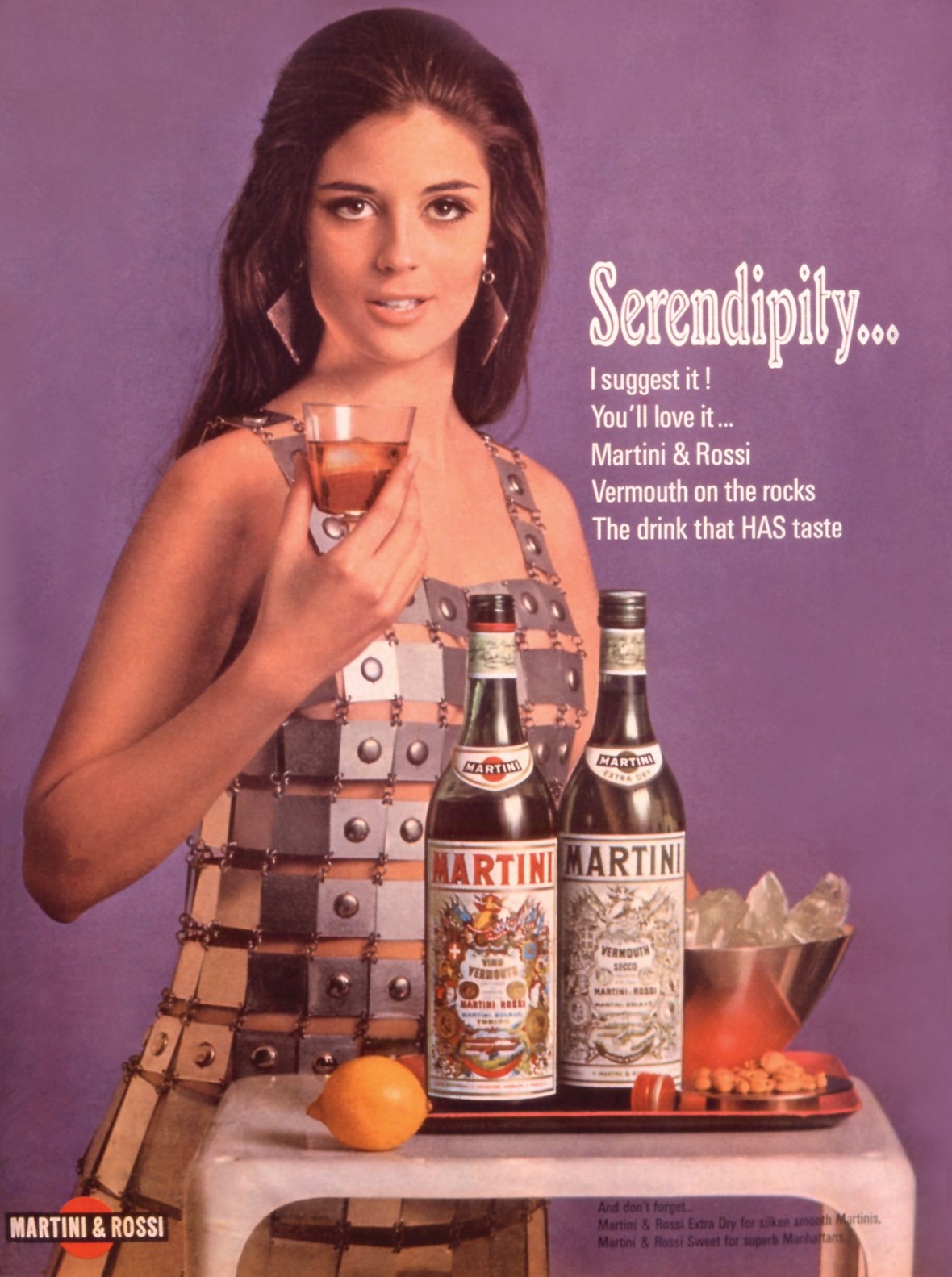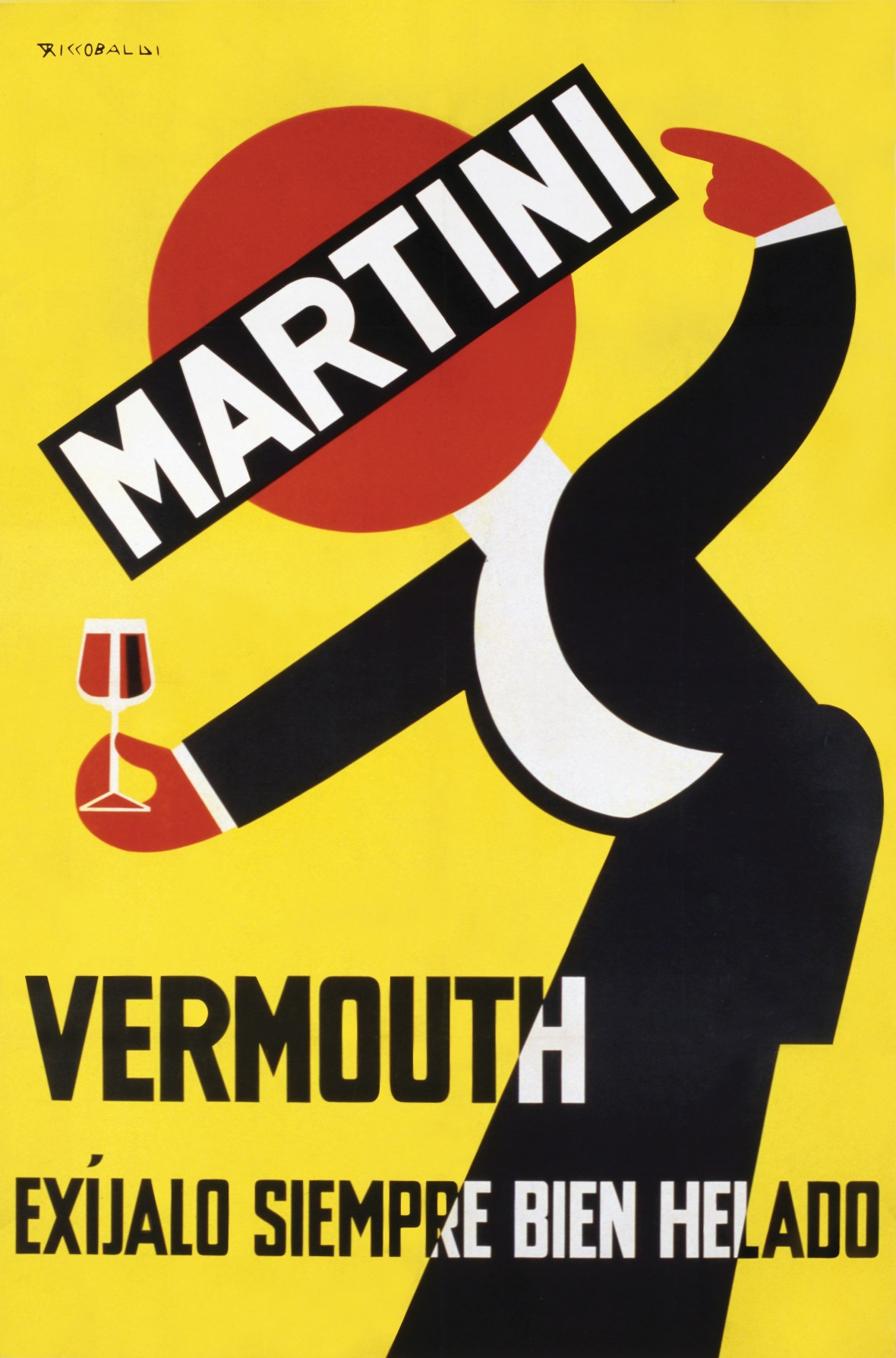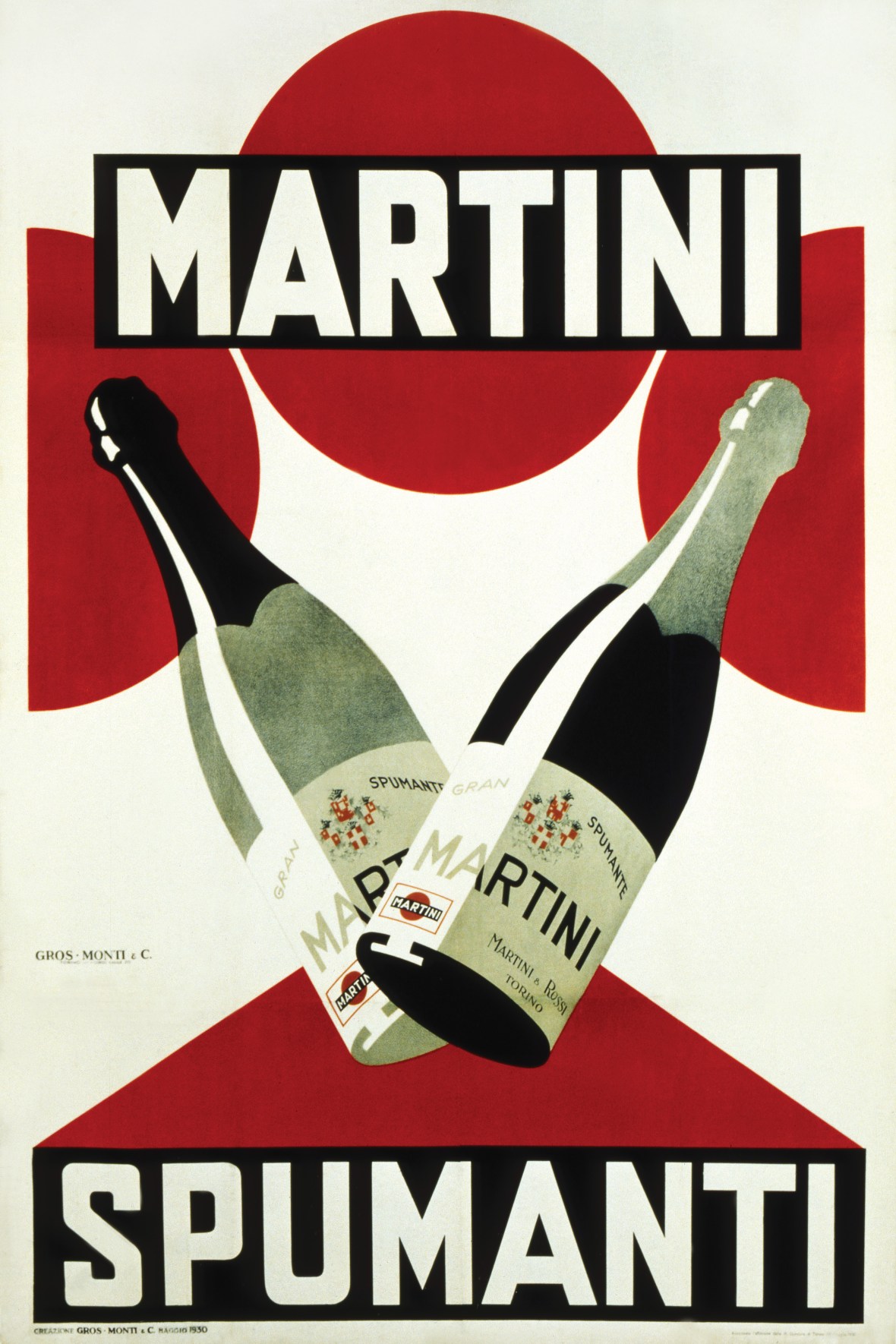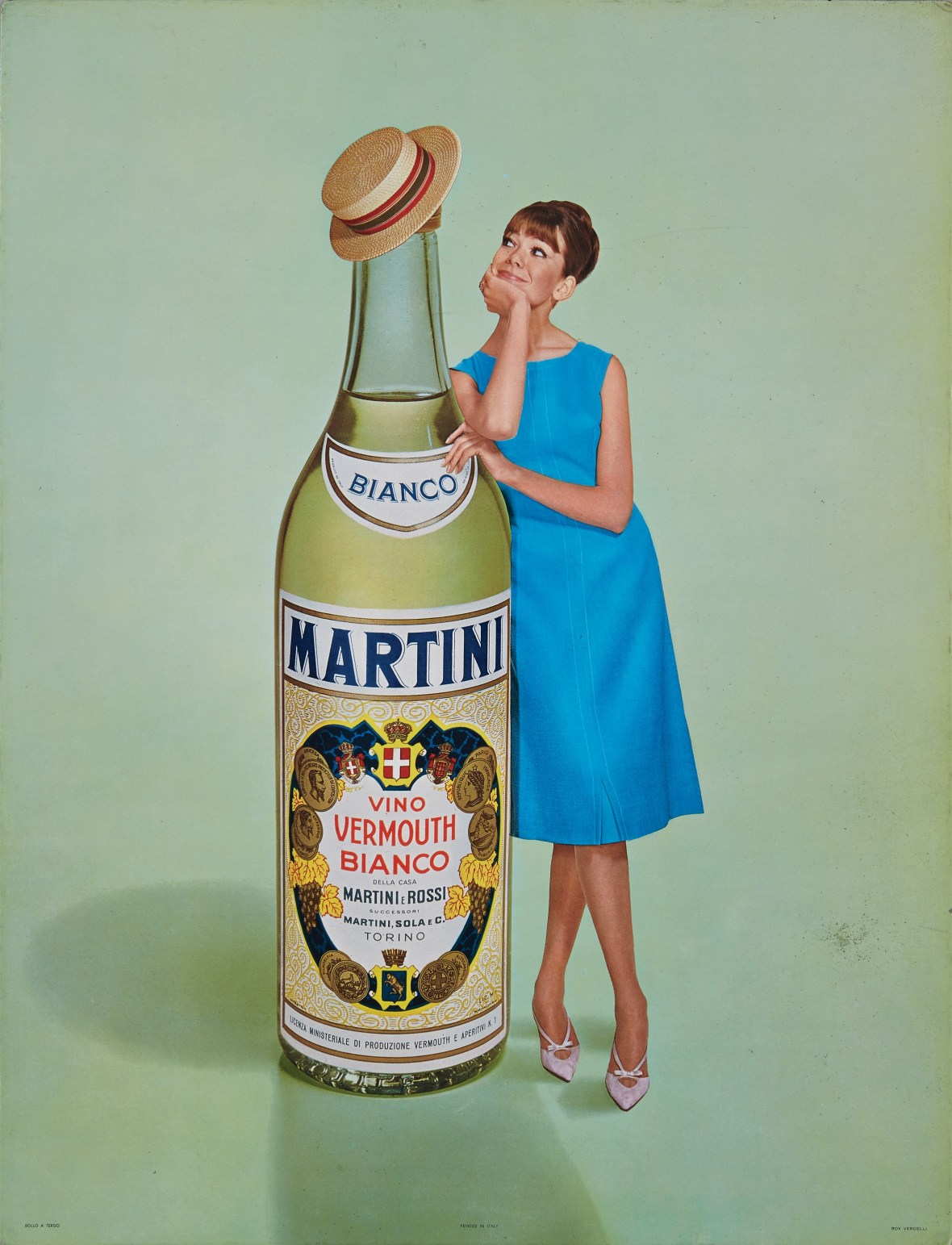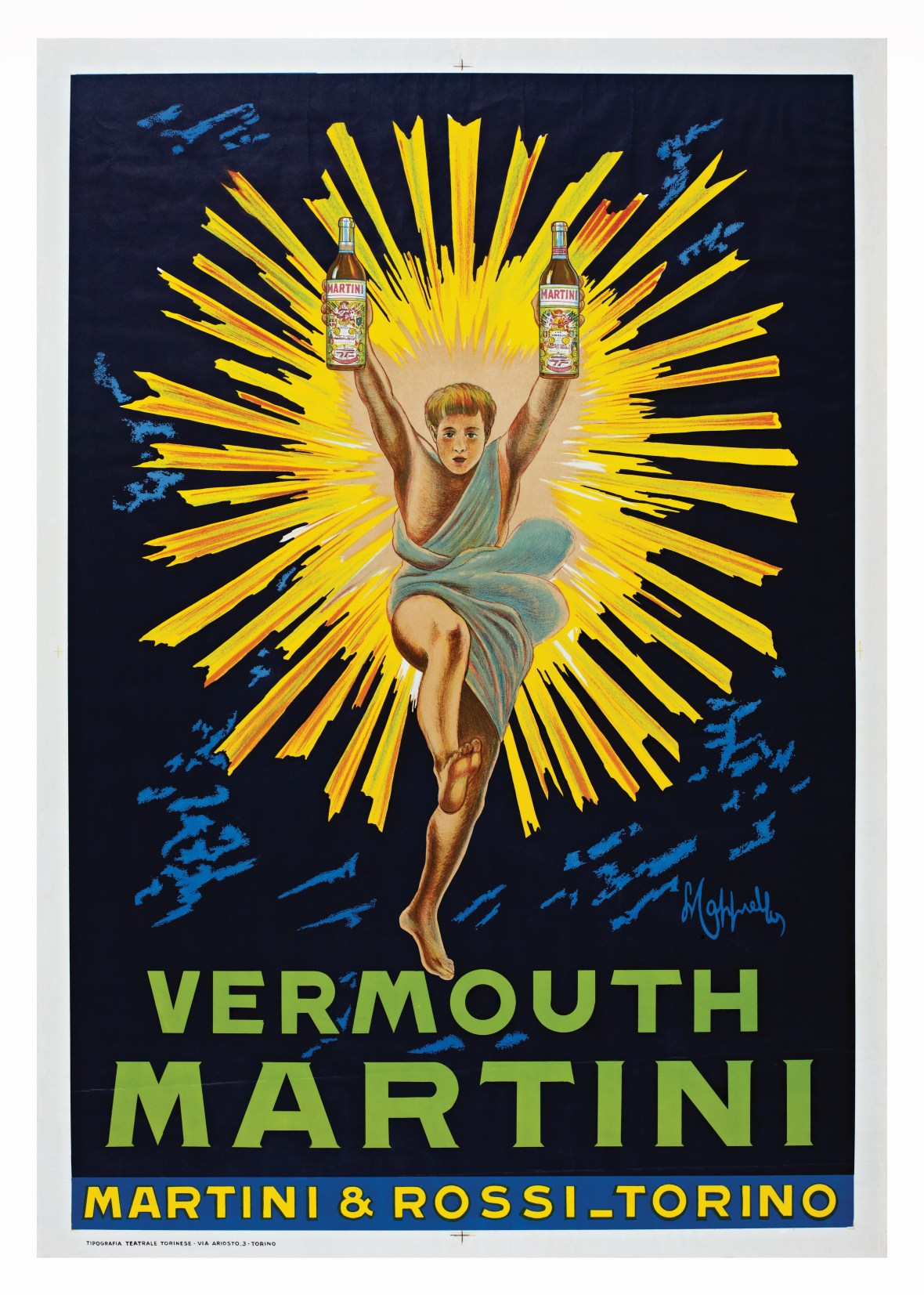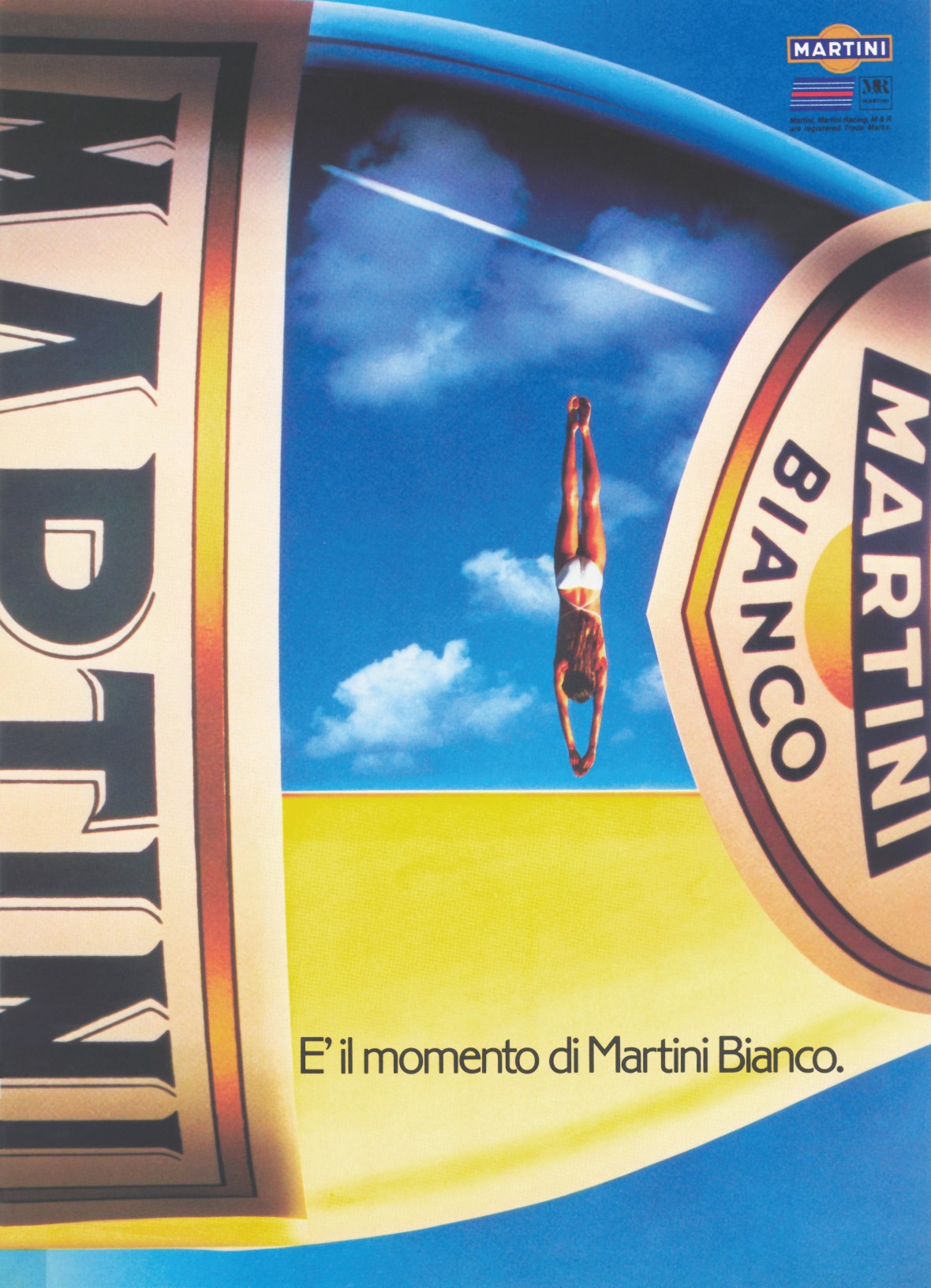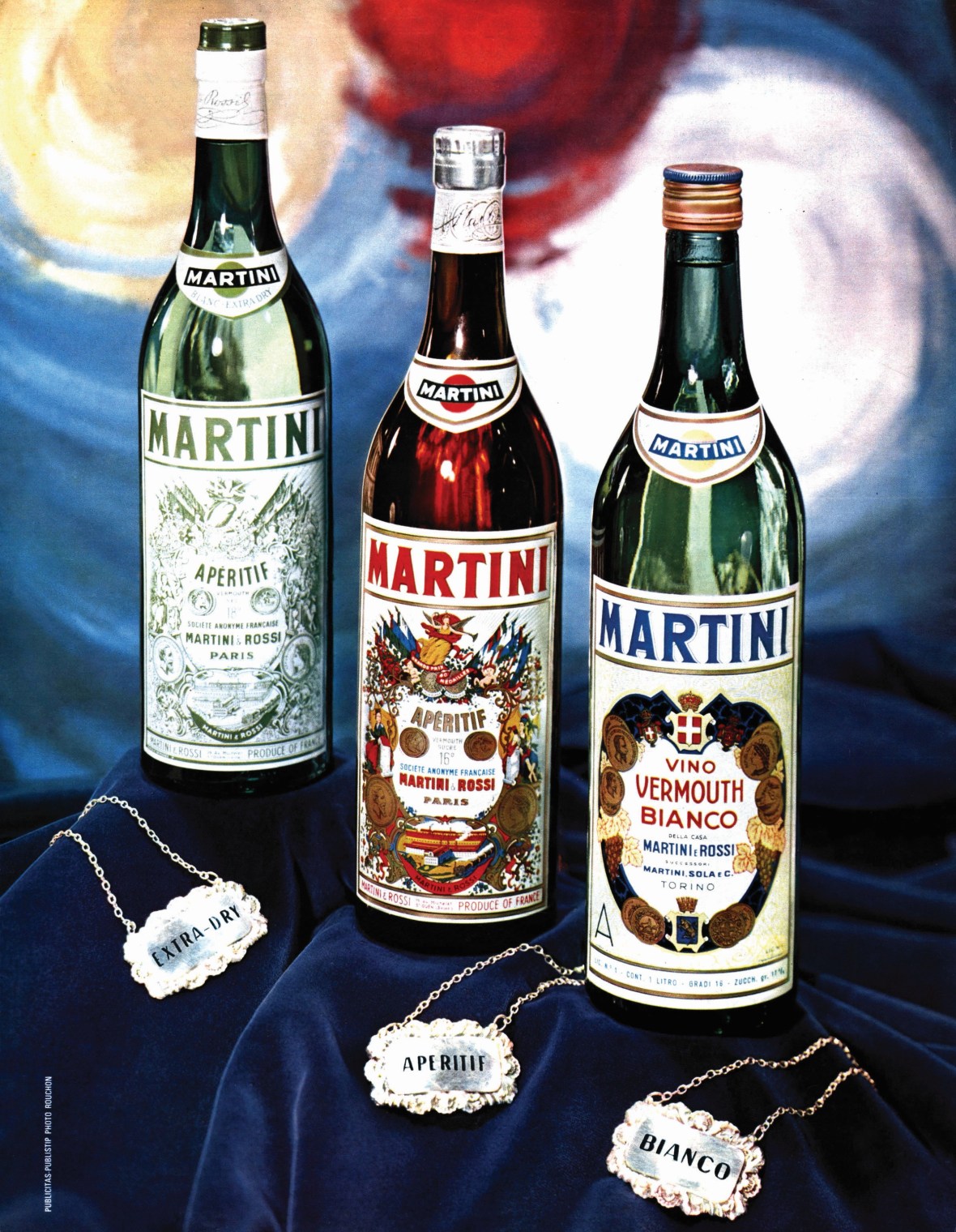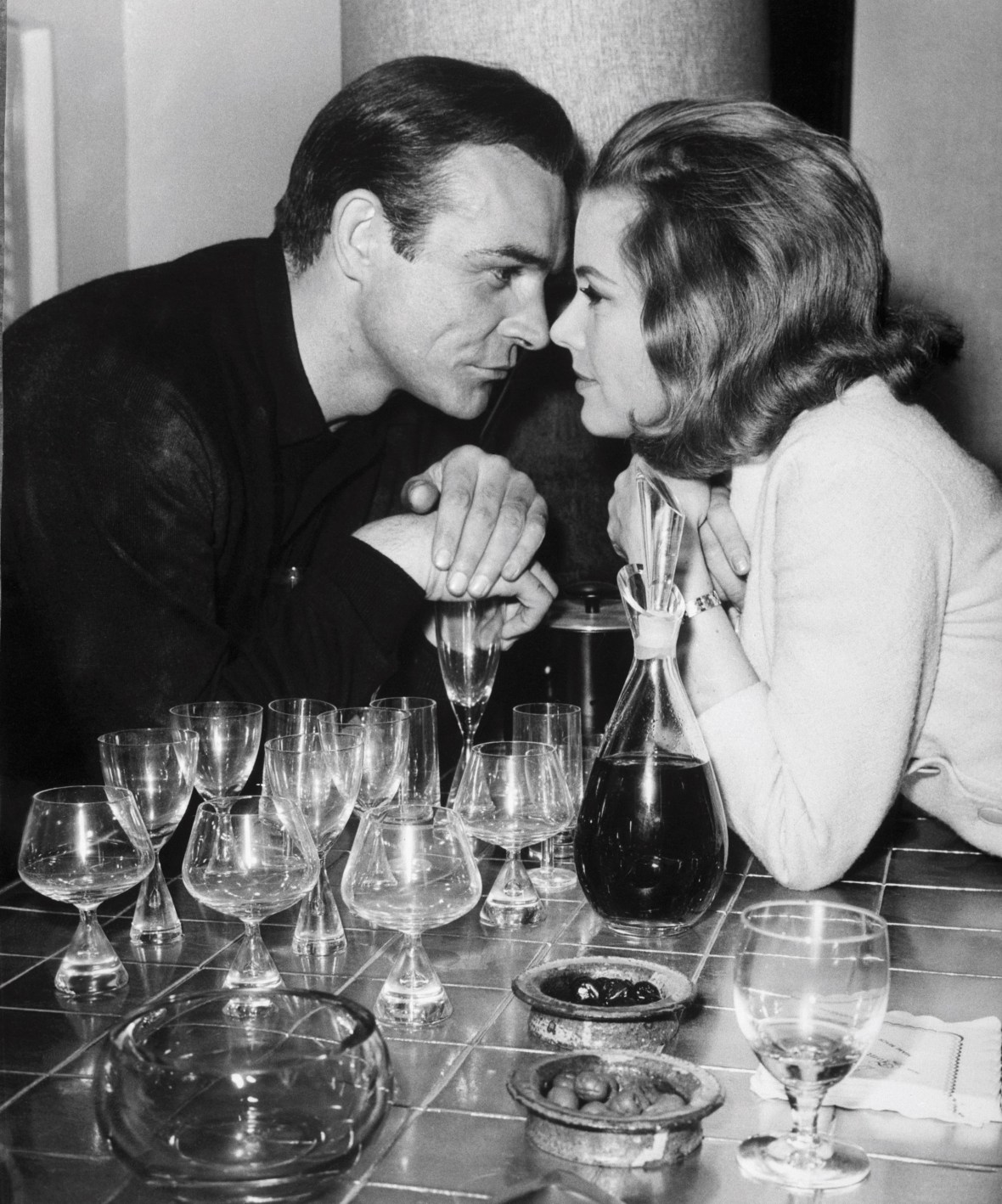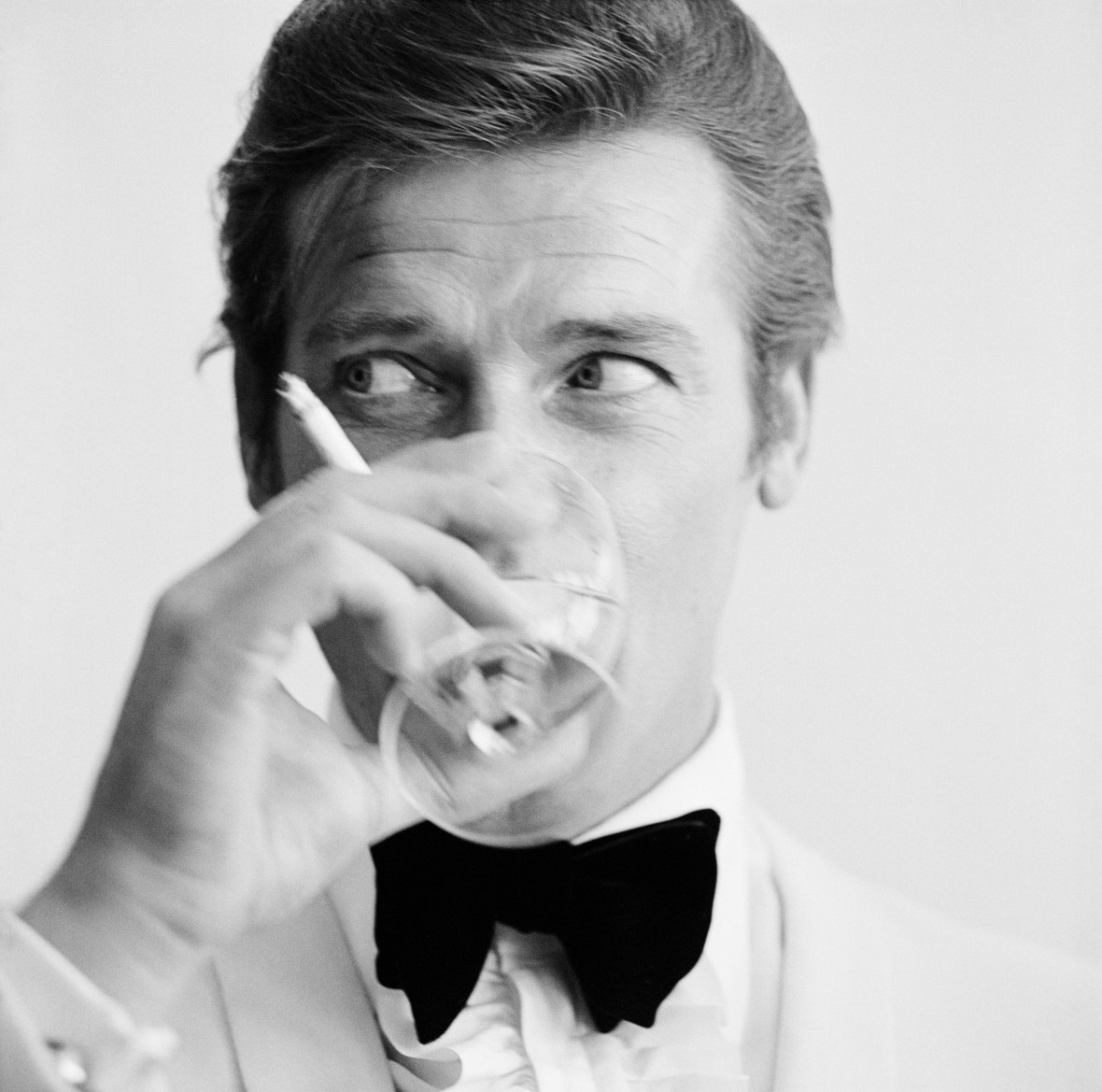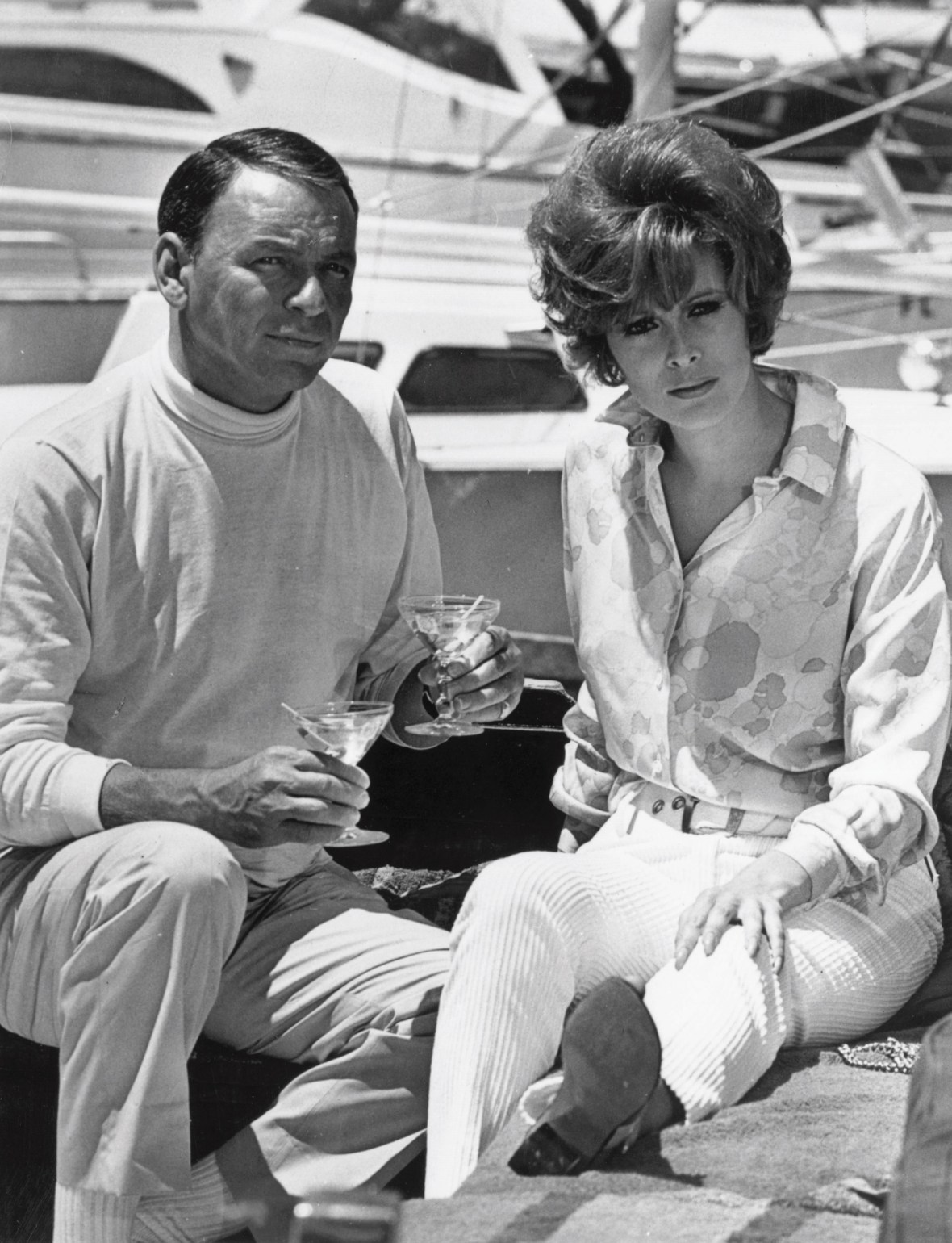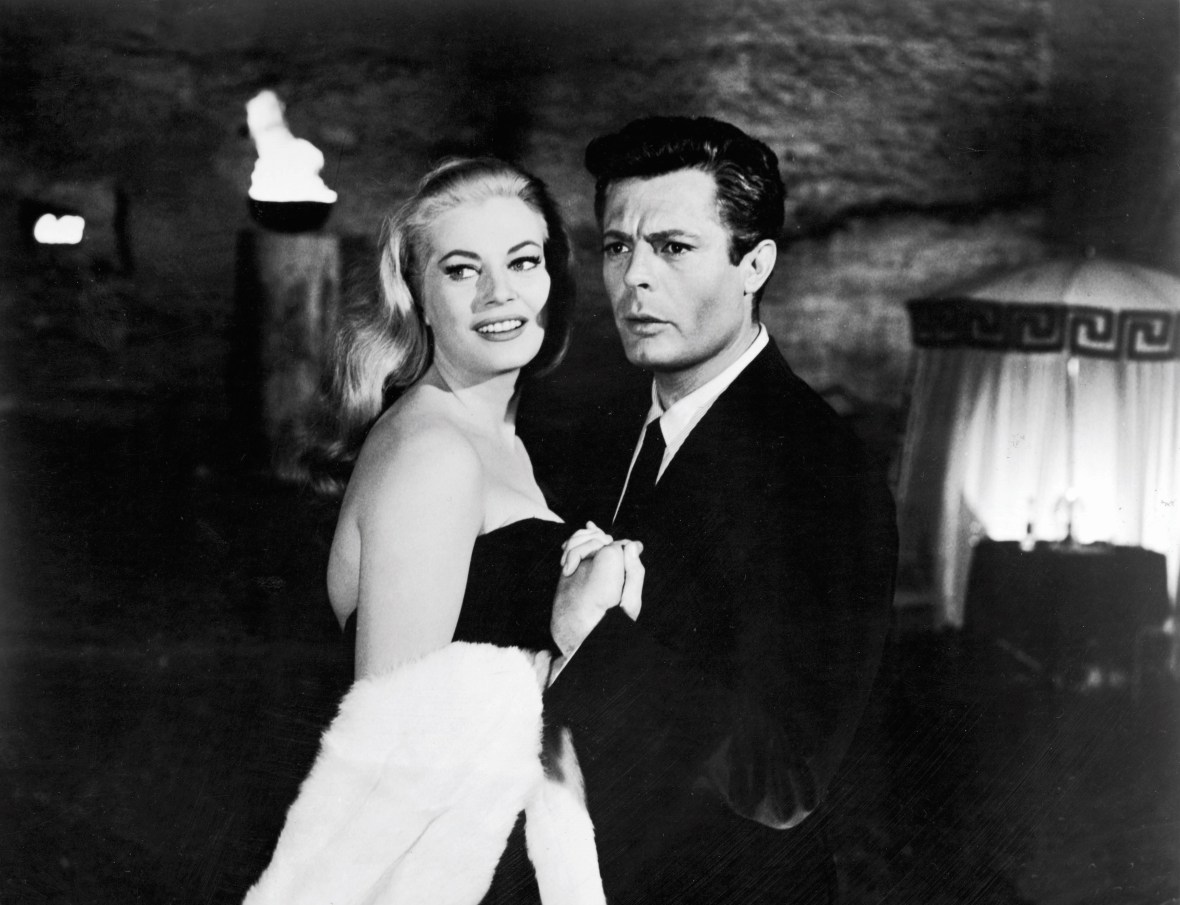How Martini & Rossi Became A Spirited Symbol Of The Good Life
From cocktails to car racing, the classic Italian vermouth is all about La Dolce Vita.
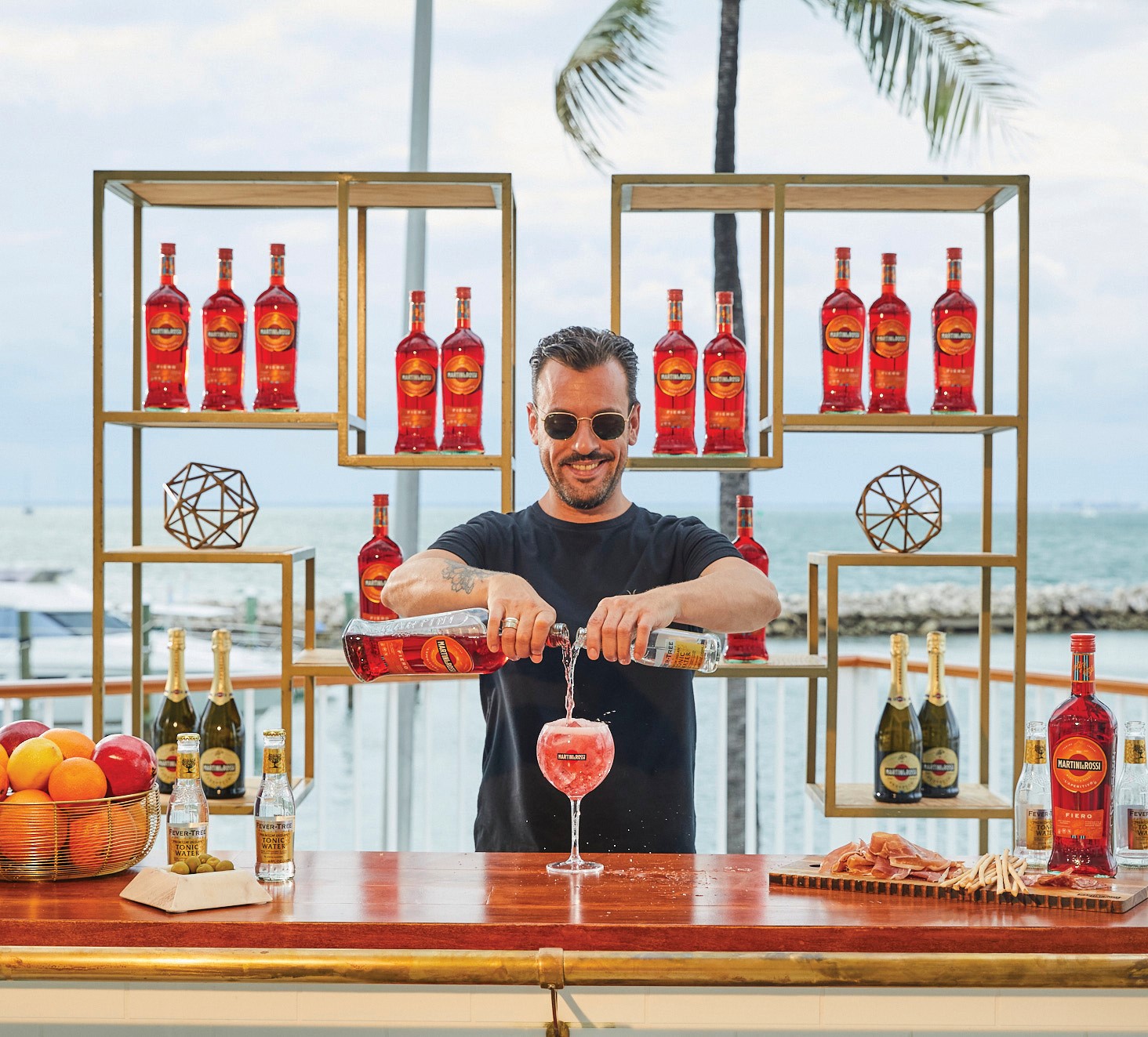
The Oxford English Dictionary long maintained that the Martini cocktail derived its name from Martini & Rossi vermouth; however the first mentions of the drink in print date back to well before the famed firm was founded in Turin, Italy in 1863.
No matter— the two have become synonymous thanks to Martini’s mastery of the ultimate aperitif; and though these days all sorts of vermouths have crept their way into martini glasses, none have the potent blend of pedigree, purity and prestige of the Italian original. Even James Bond chose it for his shaken-not-stirred vodka variation in 1962’s Dr. No.

Martini & Rossi, which recently celebrated its 160th anniversary with a suitably stylish, star-studded soirée in Milan where guests included actress Dakota Johnson and mega-influencer Chiara Ferragni, is not in fact the oldest Italian vermouth in existence, but it is undoubtedly the most iconic. Even those who have never tasted it will recognize its famed logos and racing stripes, the bold colors as evocative of la dolce vita as any Fellini film.
Vermouth, made from wine fortified with alcohol and flavored with herbs and roots, whose main element is wormwood, “has some 50 ingredients in all and takes about four years to concoct and distill,” notes Barnaby Conrad III in his seminal book The Martini.
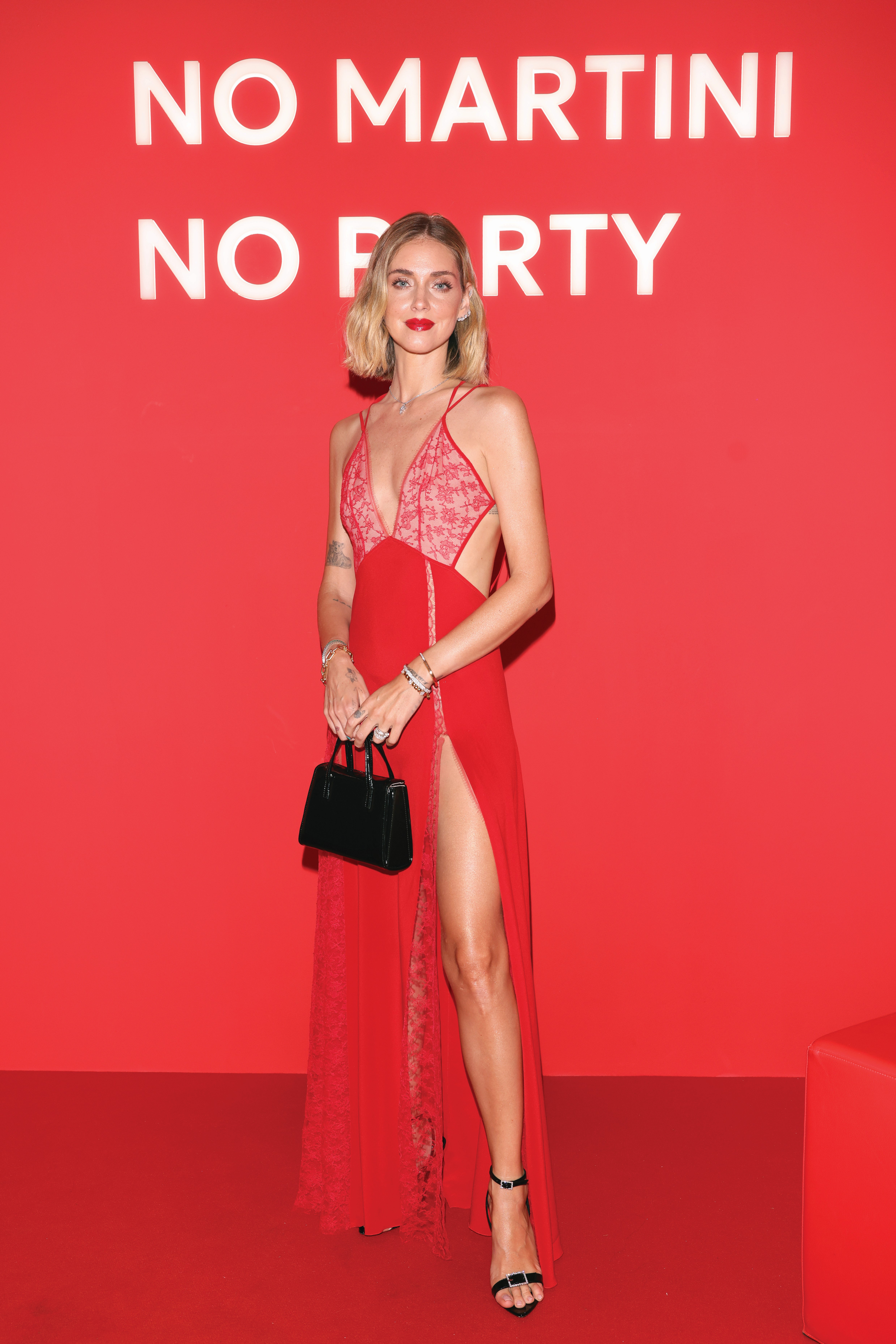
However the precise formula of Martini & Rossi’s vermouths has long remained a secret known only to a select few such as the Master Blender—a secret still held close more than a century-and-a-half later.
And while vermouth remains its core product, these days the Martini marque, now part of the prestigious Bacardi portfolio, adorns wines and spirits ranging from prosecco to amaro, and even a zero-alcohol aperitivo—which 007 might shudder at, but the low-ABV movement has embraced.
“What’s stayed constant is a commitment to craftsmanship, quality and exceptional taste,” noted Mahesh Madhavan, CEO of Bacardi Limited, on the occasion of the 160th anniversary celebrations—not to mention some of the most brilliant branding in history.
“When we speak of Martini, we are not speaking about a drink or a label, but a myth, a ritual, a symbol of fine Italian taste,” writes Milka Pogliani, Chairman and Art Director McCann-Erickson World Group, responsible for creating some of the brand’s most iconic advertising, in Mondo Martini, a book on the company’s colorful history.

“It is a delight for all the senses to see Martini and its advertising over the years—from early graphic design masterpieces in poster form, to later campaigns featuring the likes of George Clooney and Gwenyth Paltrow—and to revisit our lives and to rediscover ourselves Italians, in the best sense of belonging to a philosophy of life which has no equals anywhere.”
Of equal importance to our way of thinking is the impact Martini & Rossi had on motor racing over many years with its Martini Racing program, one of the most successful sports sponsorship initiatives of all time. As the Mondo Martini book relates, the company first positioned its name on bridges over racing tracks or along guardrails following World War II, starting, most notably, with the Spanish Grand Prix in 1951.
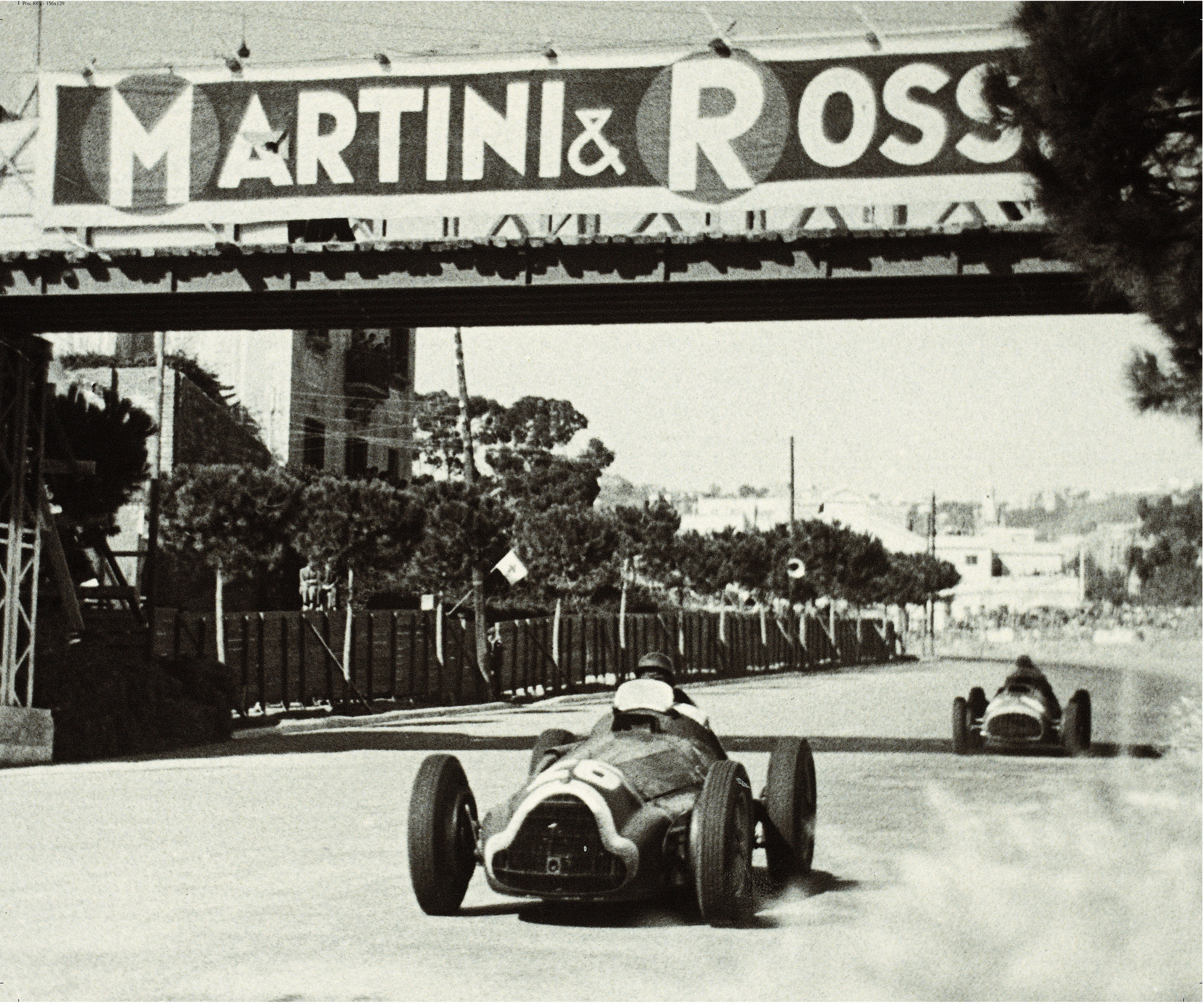
“These were the initial steps in a field in which Martini Racing would soon after start an exciting adventure that would leave an indelible mark in the course of the next 30 years in car racing” as the book notes.
The Martini Racing Team was founded in December 1970 as an offshoot of the Martini International Club, which had previously also sponsored other sports including bicycle and speedboat racing. The new team’s mission was exclusively car racing, and that’s where its fame was cemented.
In 1971 the now-legendary Martini Racing-liveried Porsche 917 made its debut and won both the 12 hours in Sebring and the 24 hours at Le Mans races. The partners subsequently captured world titles in 1976 and 1977; and when that collaboration officially came to an end in 1980—though the Martini Racing colors are seen on Porsches to this day—Martini then joined forces with Lancia and launched an equally exciting new chapter, dominating international rally events for nearly a decade.
Even before the Martini Racing team made the brand a household word among motorsports fans, it had become synonymous with la dolce vita thanks to Terrazza Martini, a gorgeous nightclub located on the top floor of the renowned Martini building across from Milan’s Duomo, which first opened its doors in the late 1950s.
“Everything cultural and artistic which happened in Milan for the next 30-plus years” happened at Terrazza Martini, as Mondo Martini notes, recalling, “it became the most exciting, appealing and at times the most courageous place in Italy in those vital years,” with near-constant press coverage.
In 1960, in fact, it played host to the premiere of the famed Fellini film itself, presided over by the great director and his stars Marcello Mastroianni and Anita Ekberg—a controversial event at the time as the now-iconic film was widely criticized for its portrayal of “a corrupt and hapless”—though incredibly glamorous— Italian society.
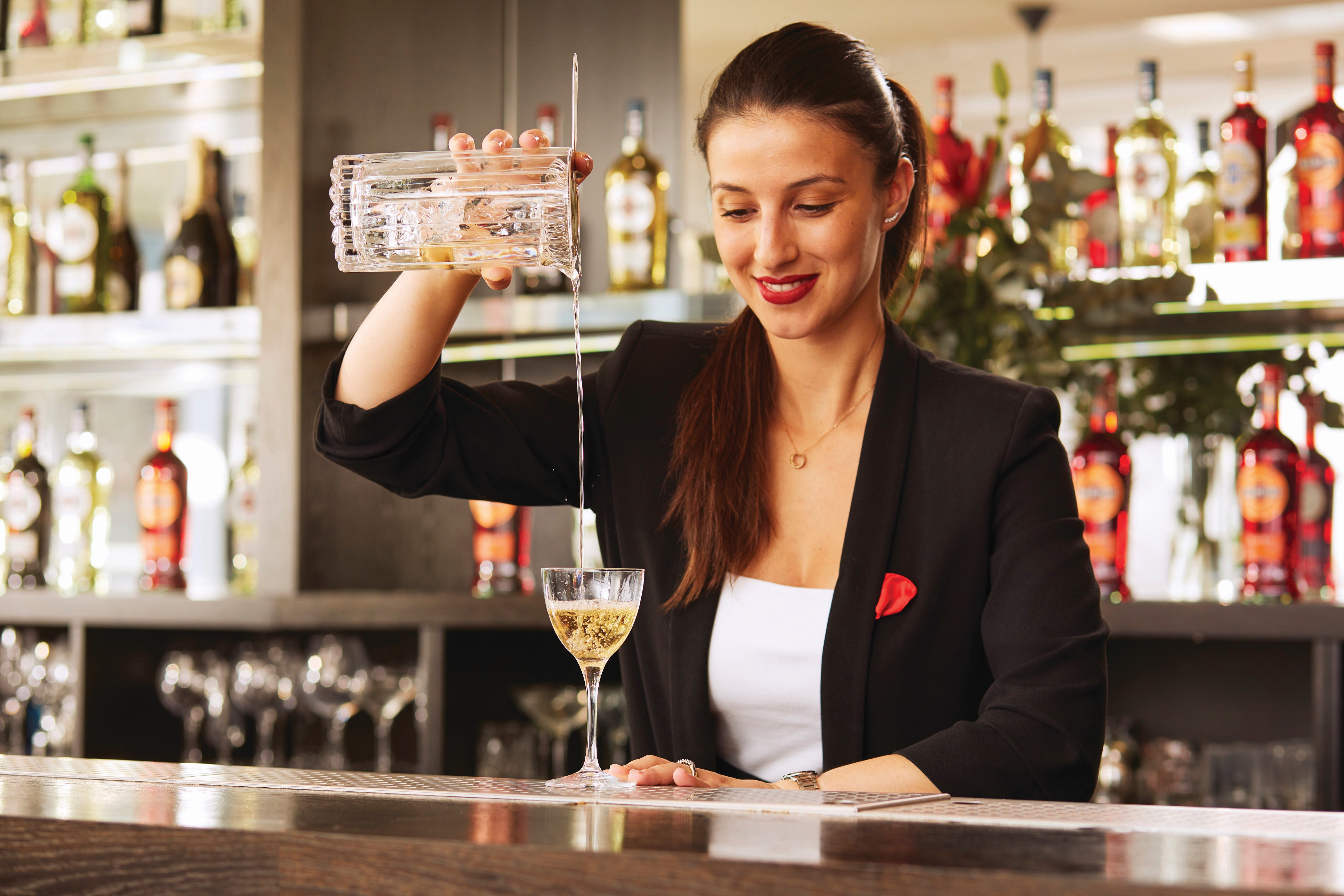
“Personalities from all over the world came to the Terrazza,” writes journalist Natalia Apses, who witnessed much of it firsthand, in Mondo Martini. In 1963 it was the young Sean Connery, then just beginning his run as James Bond, followed by Charlton Heston, and then the likes of Luchino Visconti, Francois Truffaut, Sofia Loren, Catherine Deneuve, Ray Charles, and many more.
While the Martini building still stands, and the Terrazza space is still intact, though sadly missing its original furnishings, it is now only used for private events and is no longer a cultural hub; though it could well be revived at some point as Milan is currently experiencing something of a renaissance. Indeed, Martini & Rossi hosted VIPs there during the 160th anniversary celebrations.
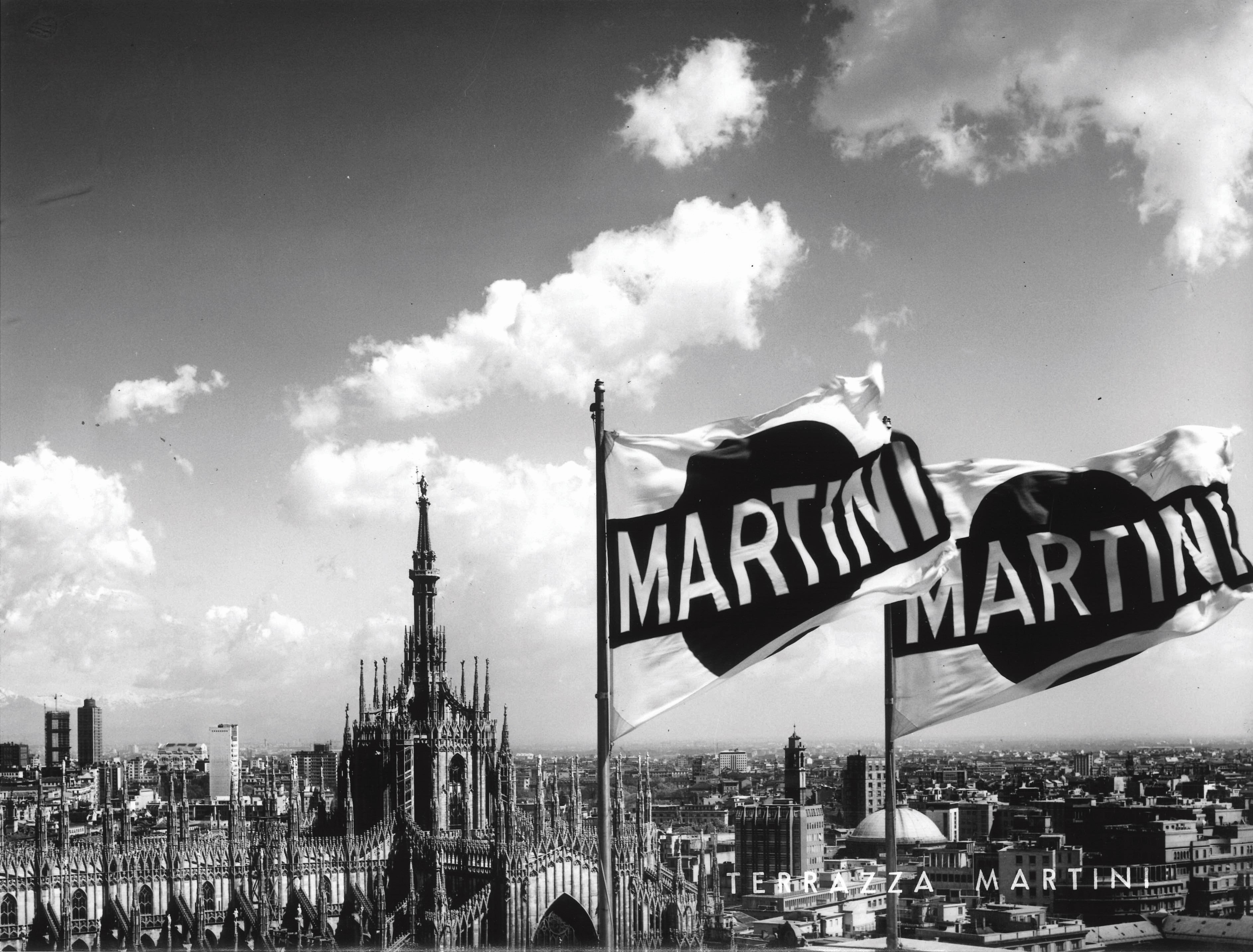
Meanwhile a new generation of enthusiasts is discovering Martini & Rossi, thanks to new products like its non-alcoholic aperitivos, Floreale and Vibrante, and Fiero, a spritz alternative which has quickly established itself as a rival to Aperol.
At the same time the brand has reinforced its appeal for more traditional drinkers such as ourselves with more spirit-focused, historically-minded releases such as its Riserva Speciale Bitter, inspired by an original recipe from 1872, and Riserva Speciale Ambrato and Rubino vermouths. Collectors meanwhile scour the globe for vintage Martini promotional items, from those precious posters to ashtrays, barware, and even clothing, displaying their finds on Instagram and adding to the legend.
“Our commitment is to continue to spread the art of the Italian aperitivo across the world through innovations that reflect the heritage and the classic essence of the brand,” Fabio Raffaelli, Martini & Rossi’s dashing North American Brand Ambassador, tells us. “I see the aperitivo culture, driven by cocktails like the Negroni and the spritz, becoming even bigger, and with our sparkling and aperitivo selection, we want to continue to lead the category.”
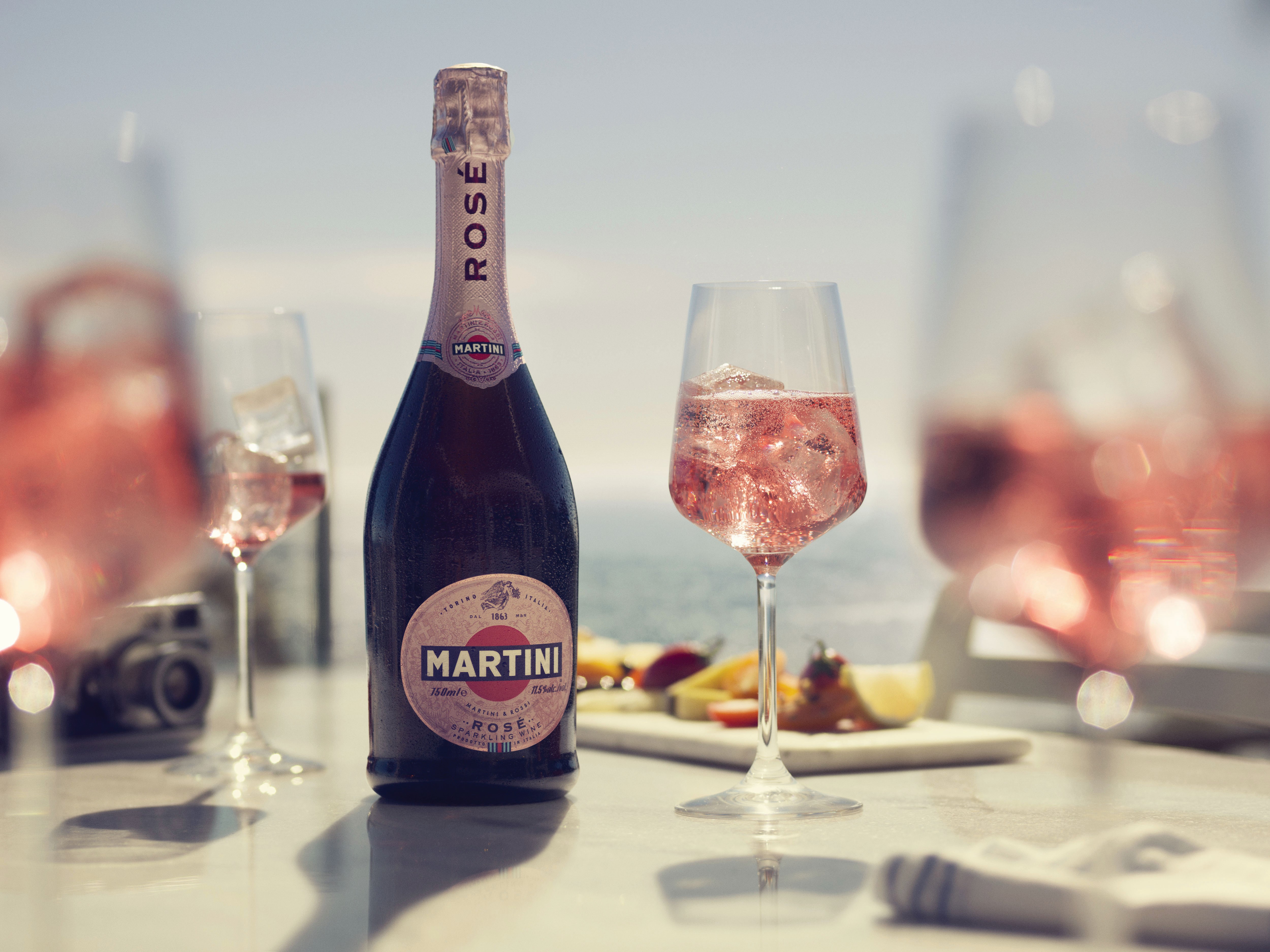
As for the future, “We will launch new products and revamp the ones already part of the portfolio,” he says. “Martini is part of the Italian culture and to see the brand turning 160 is something that make me and my entire country very proud.” Cin cin.
This article originally appeared in the January/February 2024 issue of Maxim magazine.

